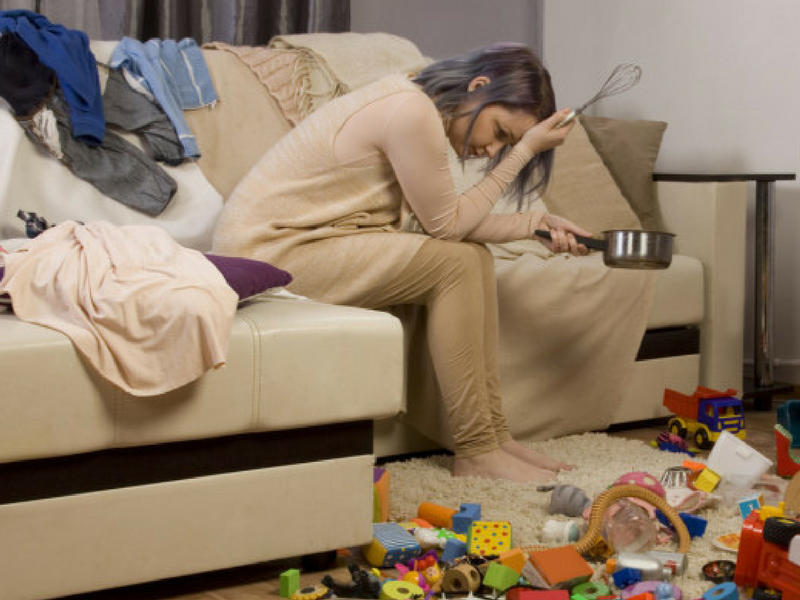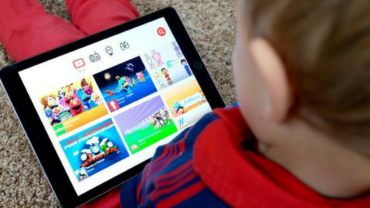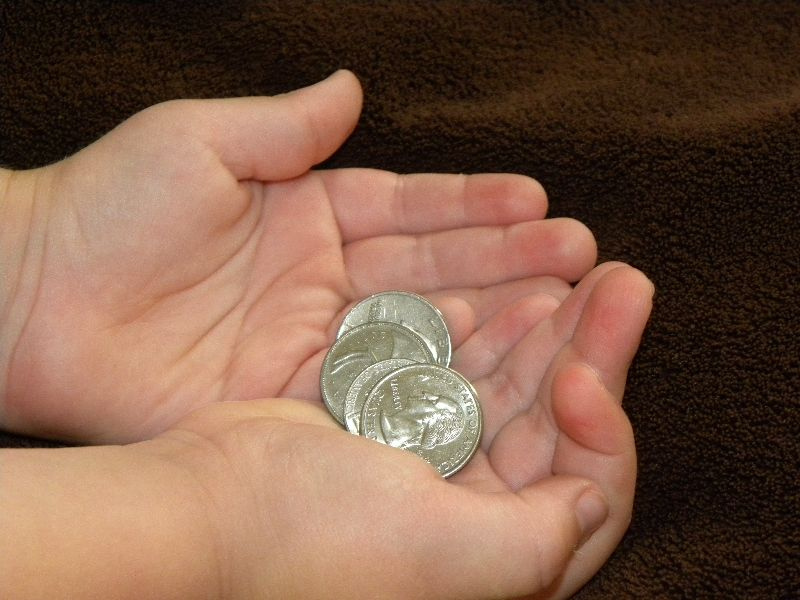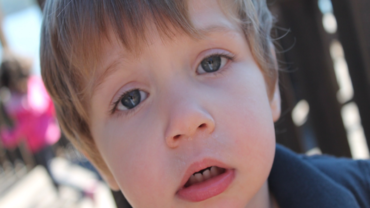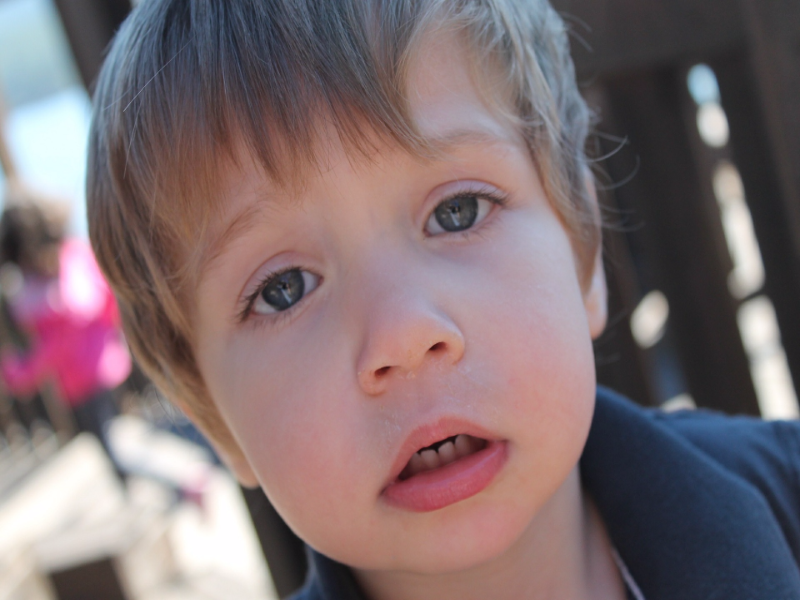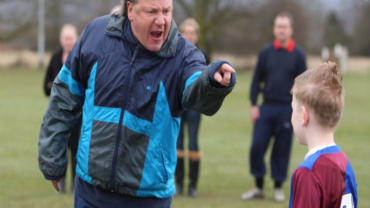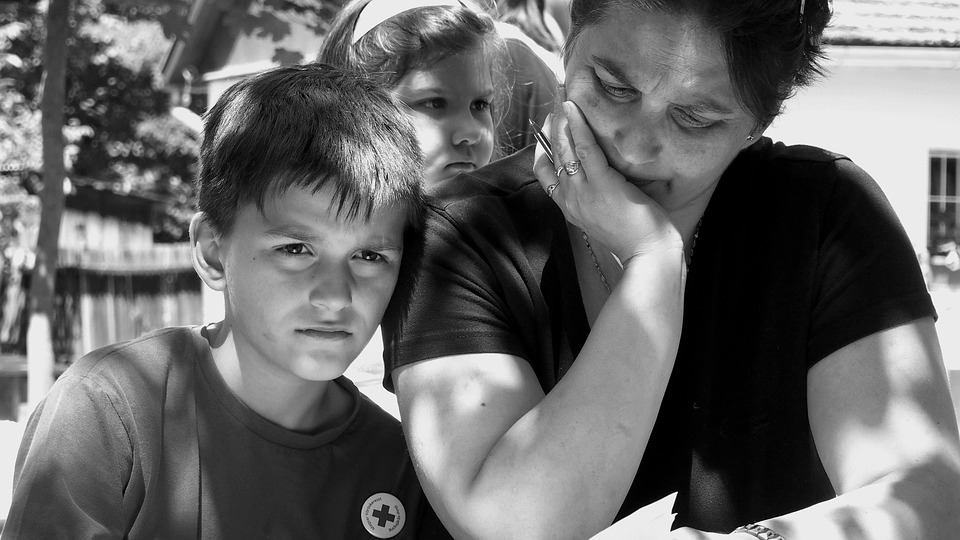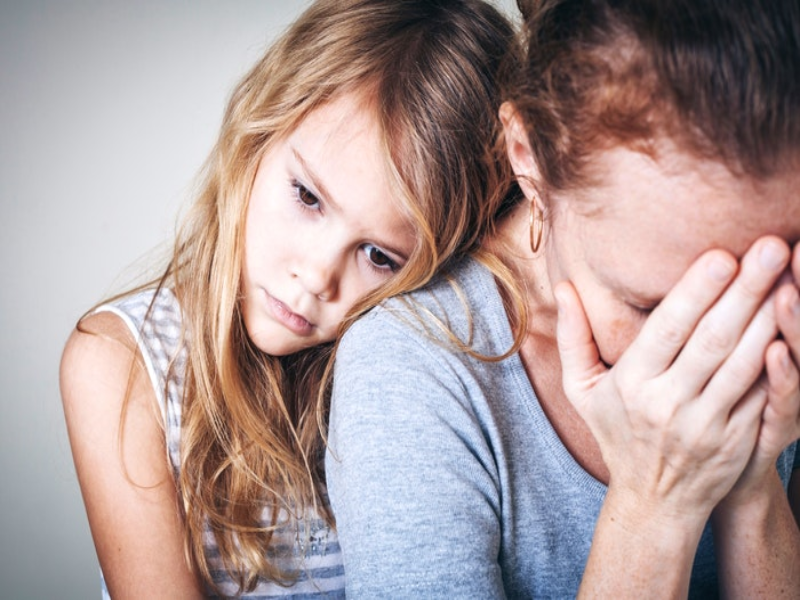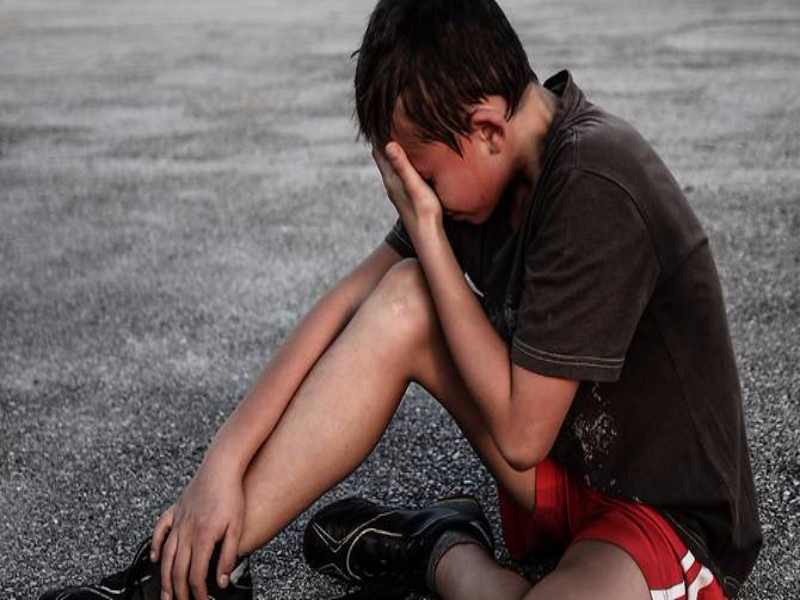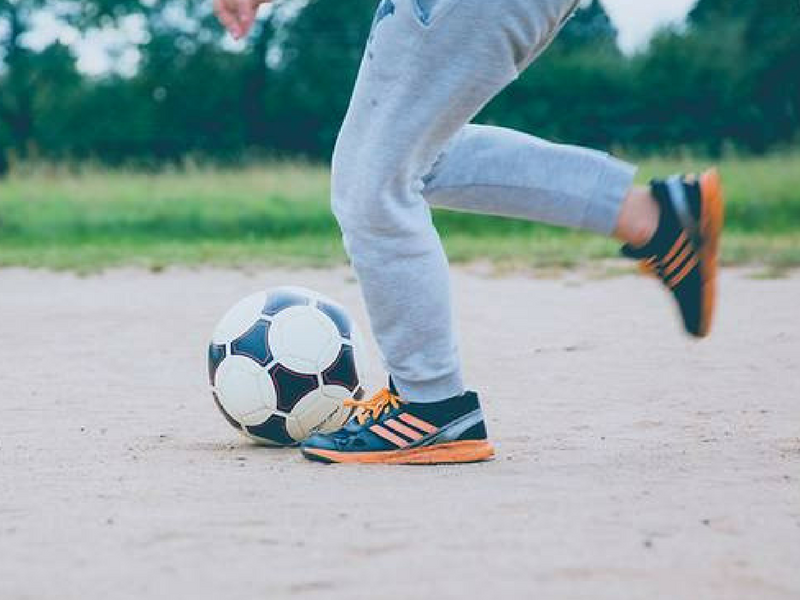Mummy’s note:
I believed all mothers can relate to this article.
Via Scary Mommy: Some Days I Can’t Stand My Kids
My husband hadn’t been home from work for more than three minutes before I was closing the door behind me and headed out. That was my destination: out. Out of the house. Away from my kids. The destination? Who the hell cares, as long as it is quiet and I’m alone.
My reason for the self-inflicted exile is something I felt ashamed to admit for a long time. I felt like I couldn’t say it out loud because I would seem like a bad mom, ungrateful, despicable, shameful even. At one point, I thought that if I told you the real reason why I was essentially running away from home for a few hours you would think less of me. Now I know better. I know that you feel the same way sometimes.
My reason for bolting before my husband could sit down?
Some days, I can’t stand my kids.
Plain and simple.
I love them to pieces. They are my light and my joy. So often, they make me laugh and force me out of my comfort zone. They are entertaining and endearing, and my life is #blessed because of them. But you know what else they are?
Little humans.
Do you know what that means?
They are irritating AF sometimes.
It’s just the way humans are. Humans are annoyed by other humans, even the ones we love more than anyone else. Maybe especially the ones we love the most, and especially when they are young.
There are days where my son wakes up on the wrong side of the bed and the only way he will communicate with me or his sister is through high-pitched whining. From 6 a.m. when he wakes up until 7 p.m. when his whiny butt finally falls asleep, all I get is the whine. It is loud and piercing and — this is not hyperbole — it literally makes me want to pull my hair out.
These are days when I can’t stand my kids.
There are days when, after alternating between sleeping and kicking me in the ribs all night, my daughter wakes up and has decided she knows absolutely everything about everything, and she is going to argue about every. single. thing. I say or do or tell her to say or do. All day long. The attitude is strong in this one, and she’s trying to go all alpha female on me, and I’m not having it which means we spent all day butting heads and…
These are days when I can’t stand my kids.
When the bickering never stops. When something gets broken. When every food set before them is scoffed at, and bath time has become a method of torture to them. When everything they want to do is dangerous, and everything I tell them to do becomes a screaming match. When mom sitting down becomes the signal for them to lock themselves in the bathroom, and then I find crayons in the dryer.
These are days when I can’t stand my kids.
I know this sounds like just a bitch session, but it’s not. It’s more than that. It’s me telling you that it’s okay to have days like these. It is okay for you to have a day where you feel like you can’t stand the sound of your son’s voice. It’s okay to tell your daughter you simply cannot answer one more question today. It’s okay to feel suffocated by motherhood, and it’s okay to admit it.
It’s also okay to take a break, to recharge, to breathe. In fact, it’s vital.
Little kids are little humans, and all humans have moments and days (and even weeks, Lord help us all) where they are irritating and caustic and annoying, and you just want to run away forever because it sounds like the only option to salvage your sanity.
But you love them. And you would never actually leave them permanently. And it’s okay, and even healthy, to admit that kids are difficult, and some days you can’t stand them. That doesn’t make you a bad parent. It makes you an honest one. And we need more honest parents raising honest kids so we no longer feel weighed down by the pressure to be perfect and perma-smiling. Life is hard. Kids are hard. Motherhood is hard. Admit it. You’ll feel better.



